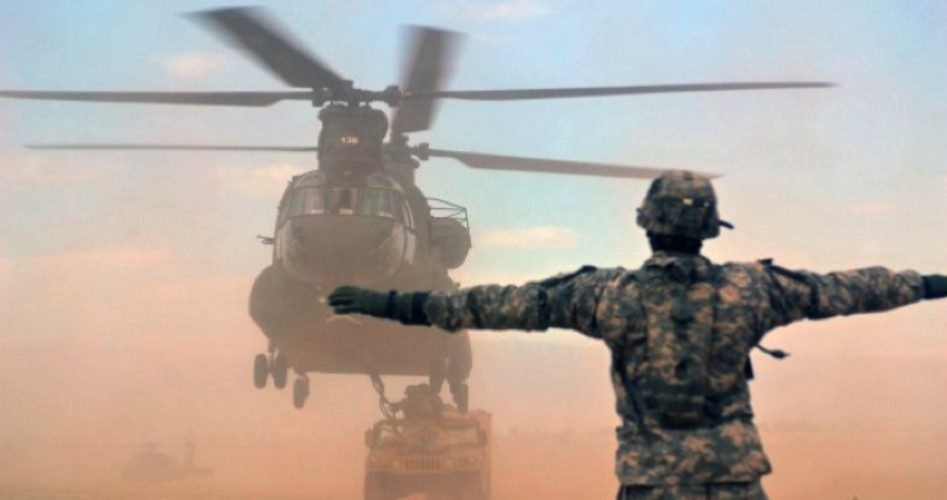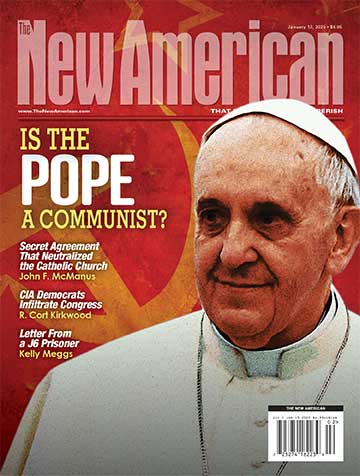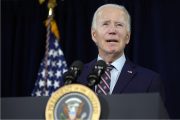
The Palm Center, the Chicago-based research institute that helped persuade Congress and the Department of Defense that openly homosexual and lesbian men and women should be able to serve in the nation’s military services, has received a $1.35 million grant to study issues related to the integrating of transgender persons into the armed forces.
The center’s Transgender Military Initiative has commissioned 16 scholars to conduct 11 studies over the next three years to determine “whether and how the U.S. armed forces could include transgender troops without undermining readiness,” according to a report published Tuesday on the news site BuzzFeed. The studies, funded by the Tawani Foundation, are to cover a variety of issues, including privacy concerns, medical accommodations, the experiences of foreign militaries, and recreational activities.
“This academic research will inform an important public conversation by providing facts and evidence about transgender military service and gender expression in armed forces,” Ira Lusero, project director of the Transgender Military Institute, said in a statement provided to BuzzFeed. “Militaries around the world are updating their policies, and we are already conducting research in Canada, Britain and Australia to learn whether their trans-inclusive regulations have impacted readiness.”
In the 1990s the military’s long-standing ban on homosexuals in the armed forces was replaced by a policy of “Don’t Ask, Don’t Tell,” meaning homosexuals could serve so long as their sexual orientation was unknown. Studies conducted by the Palm Center are credited with leading the way for the congressional repeal of that law, allowing openly “gay” persons for the first time to enlist or remain in the armed forces. The grant for studying the transgender issues is a “crucial first step” toward further “ongoing research,” said Nathaniel Frank, author of Unfriendly Fire: How the Gay Ban Undermines the Military and Weakens America, and a former scholar with the Palm Center. The studies should be viewed as part of a “long game,” he told BuzzFeed. “The education dimension for getting people to understand the importance of openly gay service in the military, getting the country and the military and the Congress in the right position was a long game,” Frank said. “The same kind of long game in regard to transgender service has not yet been played.”
Current military regulations require the discharge of a transgender person once the individual’s sexual identity is known. Unlike the Don’t Ask, Don’t Tell law, an act of Congress, the regulation on transgenders could be altered or abolished by the president or the Defense Department without congressional action, according to the BuzzFeed report.
It appears from the ideological orientation of the Palm Center and the comments quoted above that the outcome of the studies has already been determined and the three years and $1.35 million to be spent on them will lead to a pre-ordained political, rather than academic, conclusion. Whatever impact transgenders openly serving in the armed forces would or would not have on readiness, advocates for the change appear to have given military preparedness a back seat to the political and sociological goals of “inclusion” and “diversity.”
In his 2011 book, Suicide of a Superpower, conservative columnist and commentator Pat Buchanan challenged the belief expressed by former Army Chief of Staff General George W. Casey on the importance of diversity in the military. “I firmly believe the strength of our Army comes from our diversity,” Casey said. Where, Buchanan asked, is the empirical evidence for that claim?
Is the diverse army of today really superior to Lee’s Army of Northern Virginia that resisted the Union’s mighty Army of the Potomac for four years? Is it superior to the U.S. Army that went ashore at Normandy? How so? Where is the evidence that an army enhances its strength when its enlisted ranks and officer corps become a mosaic of white, black, Asian, Hispanic, male, female, straight and gay soldiers? … What General Casey seems to be saying is that the strength of the U.S. Army stems from the fact that we now have a smaller share of white male soldiers. Does anyone really believe that?
Perhaps having openly homosexuals in the military has not, and allowing transgenders in would not, diminish military morale or combat efficiency. What seems clear, however, is that the contrary view is likely to get little to no consideration in these well-funded studies. And the U.S. Army has in recent years put such a high value on diversity that it appears to trump all other considerations. Why else would the Army have retained in its service and promoted Major Nidal Malik Hasan, a Muslim psychiatrist who had made no secret of his jihadist views? On November 5, 2009, Hasan opened fire in Fort Hood, Texas, killing 19 soldiers and wounding 29 others.
When questioned about the killings in an interview with ABC’s George Stephanopoulos, the Army chief of staff made a remarkable statement. “This terrible event would be an even greater tragedy if our diversity becomes a casualty,” General Casey said. For many, perhaps most, Americans, diversity does not compare in value with the lives of the dead and wounded.



